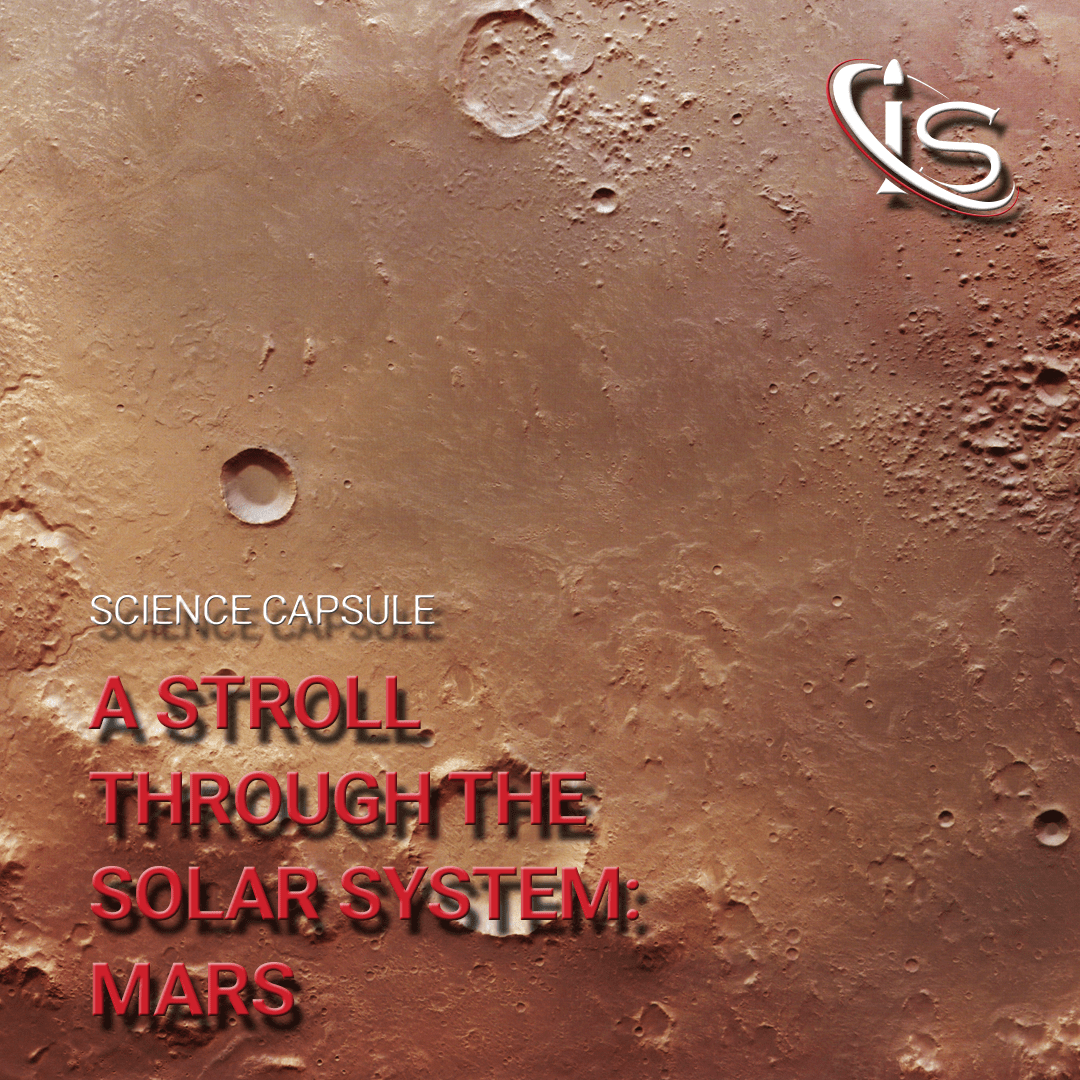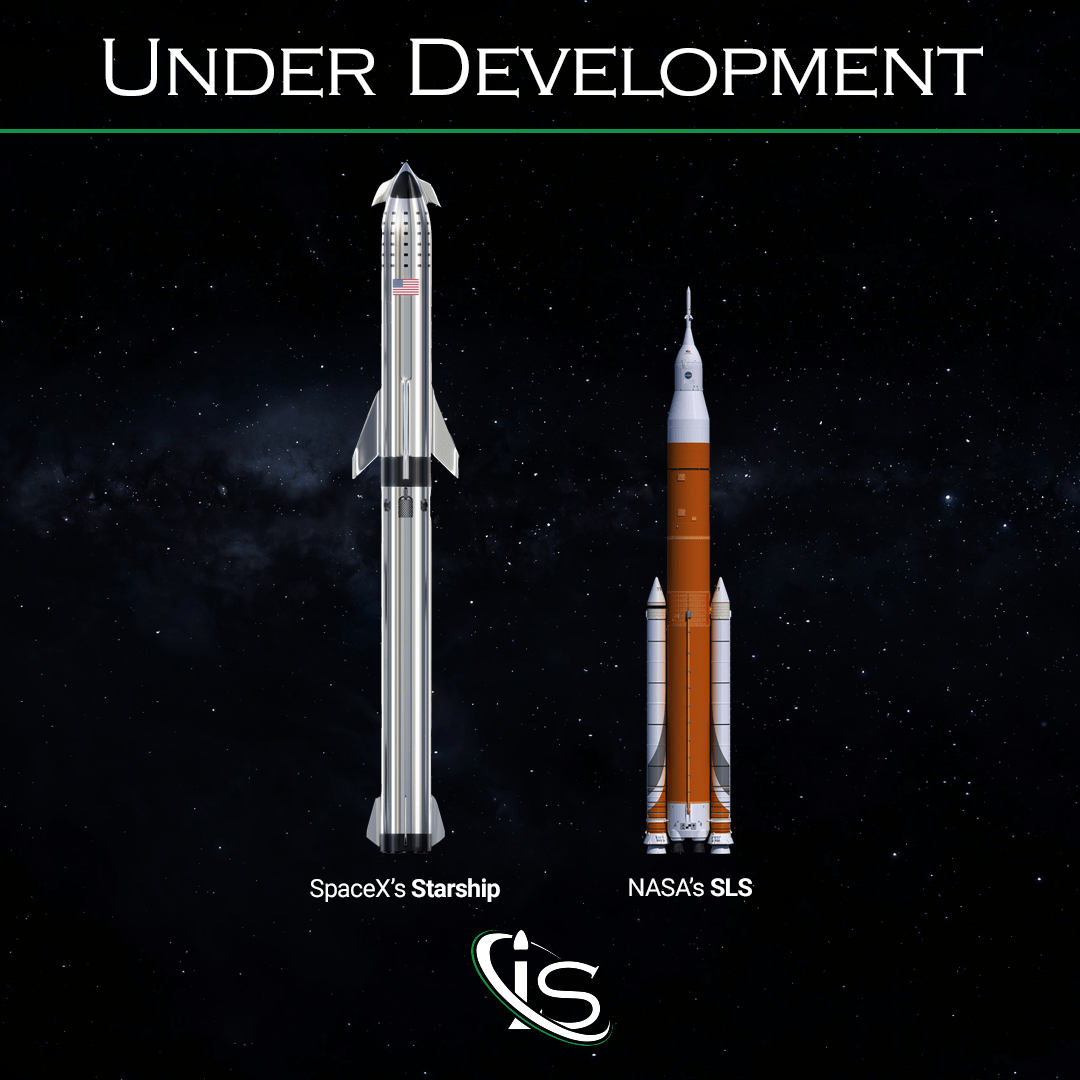Welcome to another science capsule. After turning our attention to the depths of the cosmos with the article on gravitational lensing, today, we are going to switch our focus back to our Solar System. As many of you may already know, one of SpaceX’s goals with its Starship rocket is getting humans to Mars. This is both an unprecedented and ambitious task that the company has set out to accomplish. And while there are many technical nuances and technological advancements involved, there is another key factor to consider. What is the journey to Mars going to look like? And what steps do we have to take to get there? Today, we are going to find the answer to these questions together!

The Setup
To start this off, let’s talk about what the plan to get to Mars is, as a whole. This can be broken down into six steps: Starship’s launch from Earth; its arrival in Earth orbit; the tankers refilling it; Starship continuing to Mars; Starship getting refilled on the red planet; Starship taking off from the red planet and returning to Earth.
Now, this is a simplified version of the journey, and we will get into more detail on each step. However, one thing that is important to note is the inclusion of the procedures that will get Starship back on Earth. After all, one of Starship’s biggest distinguishing features is being fully reusable. Therefore, it seems pretty important to figure out how to get it back to our planet in one piece. But now, let’s dive deeper into what each step entails.
Starship’s Launch
First up, we have the launch of Starship with the Super Heavy Booster. This is the step that has been tested with the 3 launches of Starship that have occurred, as of now. As such, it is also the one that has been discussed the most so far. Especially since launching Starship and Super Heavy will apply for all the rocket’s missions, not just the ones that are aimed at reaching Mars. As for the details behind this step, the rocket and booster will launch together with Starship continuing its journey through space after separation as Super Heavy returns to Earth.

Starship Reaches Orbit
The next step is where things start to become more unique to Starship and its concept. As it reaches Earth orbit, a refilling tanker will be launched to meet up with the rocket. Starship will then await the arrival of said tanker in order to accomplish the next step.
Refill On the Go
Once the tanker reaches Starship it will dock on it. This will then allow it to refill Starship’s fuel reserves, thus prepping it for the long journey ahead. And for anyone wondering why this is happening so seemingly Early in the rocket’s trip, it is because launching from Earth and escaping its gravitational pull require comparatively much more energy than traveling through space. Furthermore, there is another benefit that in-orbit refilling provides. And that is allowing Starship to carry up to 100 tons of cargo to Mars, which is no small feat.
On the Way to Mars
After getting a little fuel fix, it is finally time for Starship to make its way to the red planet. However, the path taken to reach Earth’s neighbor involves a practice that has long been used in space travel. That is leveraging the gravity of another celestial object to reach the desired target. In the case of Starship’s travels to Mars that object is none other than the Sun. So, after leaving Earth’s orbit, the rocket will first head to our star, go around it, and then make its way to its destination. Once there, Starship will enter Mars’s atmosphere going approximately 7.5 km/s. It will then continuously decelerate in order to have a soft landing on the planet’s surface. This is where its heat shield technology will come into play, as it should allow it to withstand multiple trips into the planet’s atmosphere.

Pit Stop on Mars
The next step is one of the most interesting. At least, in this writer’s opinion. That is because Starship is programmed to get refueled directly on the red planet. And while that, in and of itself, may seem obvious — how else would it make the return trip? — the way this will happen is quite intriguing. Instead of having to carry more fuel on board as part of its cargo, the plan is for Starship to get its refill from the planet’s resources.
Yes, you heard that right, SpaceX is planning on utilizing the H2O and CO2 resources that will be present on Mars to refuel its rocket. There is one crucial thing to note here. These resources will be harvested from other elements thanks to the chemical plant that will be built on the planet. After all, Mars does not just have an abundance of water — even though it does famously contain a lot of water ice. Or at least parts of the planet do.
Going Back Home
The sixth and final step of the Mars journey is Starship’s return to Earth. Similarly to its (and every rocket’s) departure it will first lift off from the red planet and then head back home. However, unlike the first leg of its trip, there will be no “connecting” objects to fly by. Instead, Starship will head straight from Mars to our beloved planet.
And with that, we have come to the end of both Starship’s journey to Mars and our journey exploring this topic. I hope you enjoyed learning more about one of the most ambitious undertakings in the history of the space industry. Let us know what topic you would like us to tackle next. Until then, I hope to see you all in the next capsule.





